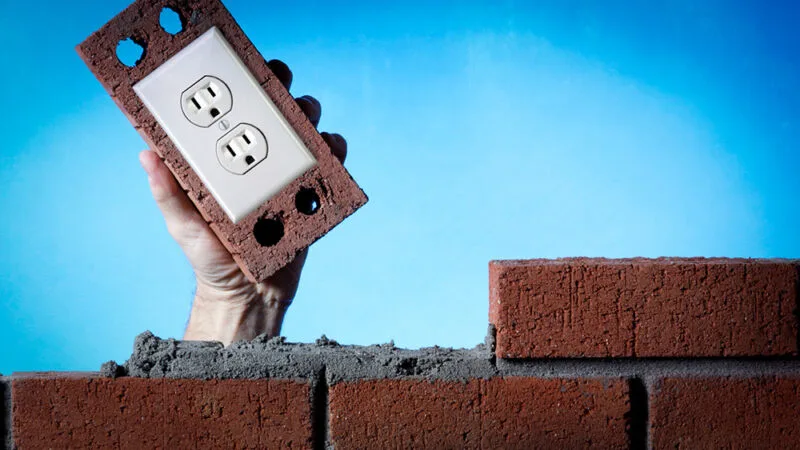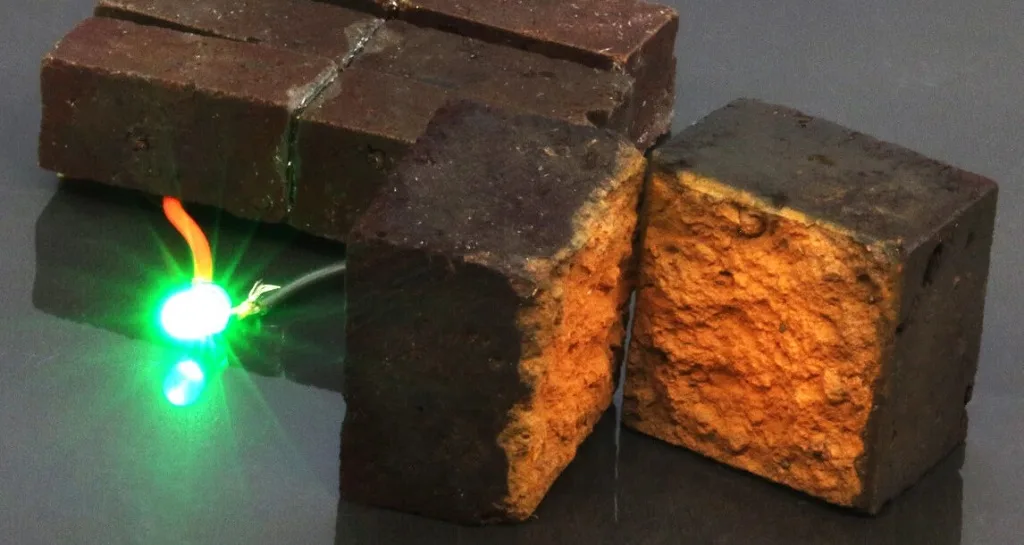
Energy-Accumulating Bricks: A Technology Review
Energy-accumulating bricks represent a breakthrough in sustainable construction materials. These innovative bricks integrate energy storage capabilities within traditional building materials, enabling structures to not only serve their conventional purposes but also act as energy reservoirs. This technology emerged in the early 21st century, leveraging advances in nanomaterials and energy storage research. By embedding micro-capacitors or phase-change materials within the bricks, buildings constructed with these materials can absorb, store, and later release energy, significantly enhancing their energy efficiency.
The origins of energy-accumulating bricks can be traced back to various experimental studies and pilot projects around the world. One notable development occurred in 2016 when a team of researchers at the University of Manchester introduced bricks embedded with micro supercapacitors. These bricks were capable of storing electrical energy generated from renewable sources. Since then, the technology has evolved, incorporating various energy storage mediums and improving in efficiency and capacity.
Structure and Functionality
The structure of energy-accumulating bricks is akin to traditional bricks but with the addition of sophisticated internal components. These bricks are typically composed of a composite material that includes a mixture of cement, conductive polymers, and nanomaterials such as graphene or carbon nanotubes. The key functional element is the integration of micro-capacitors or phase-change materials within the brick matrix. These components allow the bricks to store thermal or electrical energy during periods of excess supply and release it when needed.
The operation of these bricks is relatively straightforward. During the day, solar panels or other renewable energy sources generate electricity, which is then stored in the bricks’ internal capacitors. Alternatively, in the case of thermal energy storage, the phase-change materials within the bricks absorb and store heat during warmer periods. This stored energy can be released back into the building’s energy system during peak demand times, thereby reducing reliance on external energy sources and enhancing overall energy efficiency.
Problems Addressed by Energy-Accumulating Bricks
One of the primary issues addressed by energy-accumulating bricks is the intermittent nature of renewable energy sources such as solar and wind. These sources do not produce energy continuously, leading to challenges in maintaining a stable energy supply. By incorporating energy storage directly into building materials, these bricks help mitigate the fluctuations in energy generation and usage.
Additionally, energy-accumulating bricks tackle the problem of energy inefficiency in buildings. Traditional buildings often suffer from significant energy losses due to poor insulation and inefficient energy management systems. The integration of energy storage within the building fabric helps in maintaining a more consistent internal temperature and reducing the overall energy consumption.
Another problem addressed by this technology is the limited space available for conventional energy storage solutions. In urban environments, where space is a premium, integrating energy storage into building materials provides a compact and efficient alternative to standalone batteries or thermal storage units.
Current Applications
Energy-accumulating bricks are being used in various pilot projects and experimental buildings worldwide. In Europe, several sustainable housing developments have incorporated these bricks to enhance the energy efficiency of residential buildings. These projects have demonstrated the feasibility and benefits of integrating energy storage within construction materials.
In the United States, commercial buildings, particularly in the tech and renewable energy sectors, have begun to adopt energy-accumulating bricks as part of their sustainability initiatives. These buildings benefit from reduced energy costs and improved energy management capabilities.
Another notable application is in educational institutions, where energy-accumulating bricks are used to create demonstration projects for students and researchers. These projects not only provide practical benefits but also serve as educational tools for the next generation of engineers and architects.
In developing countries, where energy infrastructure is often lacking, energy-accumulating bricks offer a potential solution for improving energy access and reliability. Pilot projects in Africa and Asia are exploring the use of these bricks to enhance the energy resilience of local communities.

Future Potential Uses
Looking forward, energy-accumulating bricks hold significant potential for widespread adoption in smart cities. As urban areas become increasingly connected and energy demands grow, these bricks could play a crucial role in managing and optimizing energy use at the building level.
Another potential application is in disaster resilience. Buildings constructed with energy-accumulating bricks could provide a reliable energy source during emergencies, supporting critical infrastructure and enhancing overall resilience to power outages.
The transportation sector could also benefit from this technology. For instance, bus stops or charging stations for electric vehicles could be constructed with energy-accumulating bricks, providing a localized energy storage solution and reducing the strain on the grid during peak usage times.
Effectiveness of Energy-Accumulating Bricks
The effectiveness of energy-accumulating bricks has been demonstrated through various studies and real-world applications. These bricks have shown the ability to significantly reduce energy consumption in buildings by up to 30%, according to some estimates. This reduction is achieved through improved energy management and reduced reliance on external energy sources.
Moreover, buildings equipped with energy-accumulating bricks have reported enhanced thermal comfort, with more stable internal temperatures and reduced fluctuations. This not only improves the living or working conditions within the building but also contributes to overall energy efficiency.
Finally, the environmental impact of energy-accumulating bricks is noteworthy. By reducing energy consumption and integrating renewable energy storage within the building fabric, these bricks contribute to lower greenhouse gas emissions and a smaller carbon footprint. As the technology continues to evolve, it is expected to become an integral part of sustainable construction practices worldwide.
